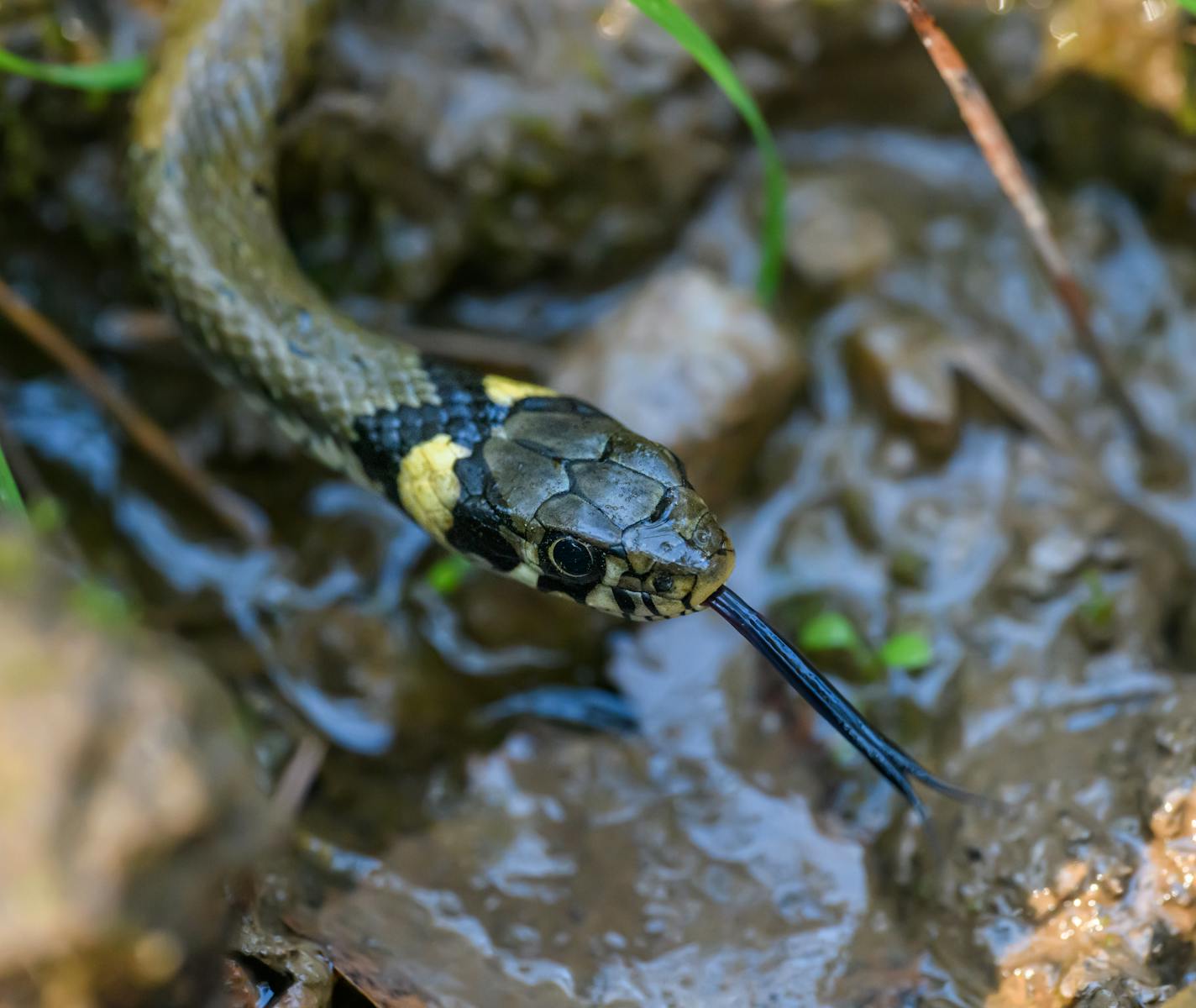The relationship between humans and their pet snakes is a fascinating study in interspecies connection. As reptile keeping continues to grow in popularity, many prospective and current snake owners wonder whether their scaly companions actually enjoy human interaction. Unlike dogs wagging their tails or cats purring contentedly, snakes communicate their preferences in much more subtle ways. This article explores the complex question of whether pet snakes like being handled, examining the topic from behavioral, biological, and practical perspectives to help snake owners understand their pets better.
Understanding Snake Behavior and Natural Instincts
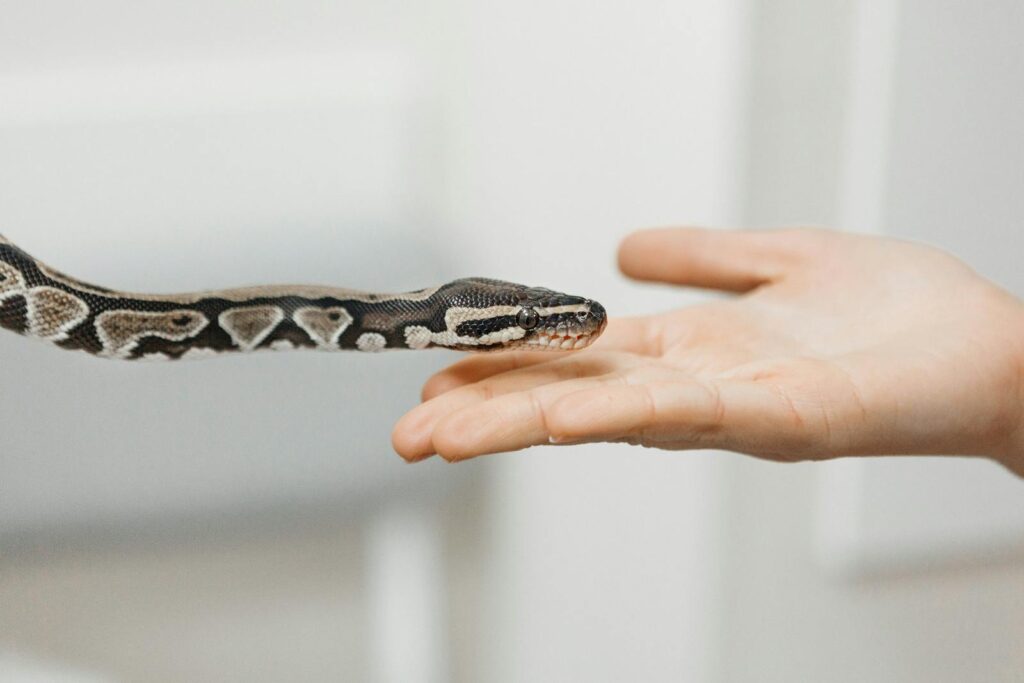
Snakes are primarily solitary creatures that don’t naturally seek physical contact with other animals, including members of their own species outside of breeding season. In the wild, being handled would typically indicate capture by a predator, triggering a stress response. Unlike mammals that evolved to form social bonds, snakes lack the neurological structures and hormonal systems that create pleasure from physical contact. Their brains simply aren’t wired to “enjoy” handling in the way mammals might appreciate physical affection. Instead, snakes operate primarily through instinctual responses focused on survival, hunting, thermoregulation, and reproduction. This fundamental biological reality forms the foundation for understanding how snakes perceive handling.
The Concept of Tolerance vs. Enjoyment
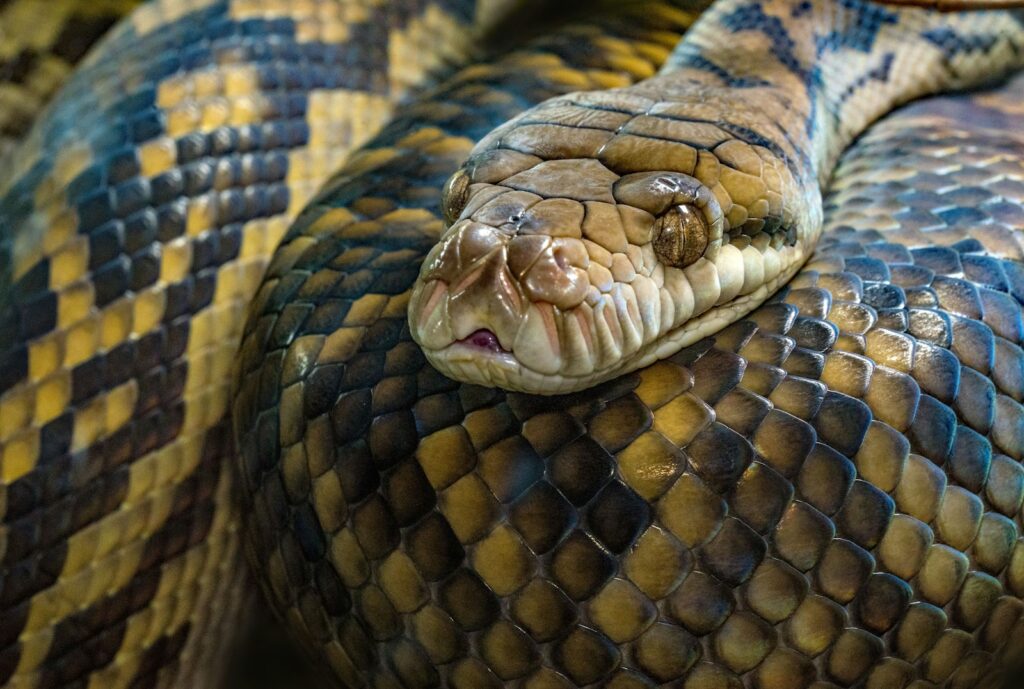
Rather than thinking about whether snakes “like” being handled, it’s more accurate to consider their tolerance level for this unnatural interaction. Many captive-bred snakes can become habituated to handling, meaning they learn that being picked up doesn’t result in harm and therefore stop responding with defensive behaviors. This tolerance is often misinterpreted as enjoyment by hopeful owners. A calm snake that doesn’t try to escape isn’t necessarily experiencing pleasure—it has simply learned that resistance is unnecessary. Some species and individuals develop a higher tolerance than others, sometimes appearing completely relaxed during handling sessions. The distinction between tolerance and enjoyment is critical for reptile keepers to understand.
Species Differences in Handling Tolerance

Different snake species exhibit varying levels of tolerance to human handling. Ball pythons are renowned for their generally docile nature and typically tolerate handling well, often remaining calm and even curling contentedly around their handler’s arm or shoulders. Corn snakes and king snakes also tend to adapt well to regular, gentle handling sessions. Conversely, species like green tree pythons and emerald tree boas generally prefer minimal contact and may become stressed more easily when handled. More defensive species such as certain rat snakes may never fully acclimate to handling, regardless of how frequently it’s attempted. These species-specific tendencies provide important guidance for prospective snake owners when selecting a pet that matches their handling expectations.
Individual Personality Factors
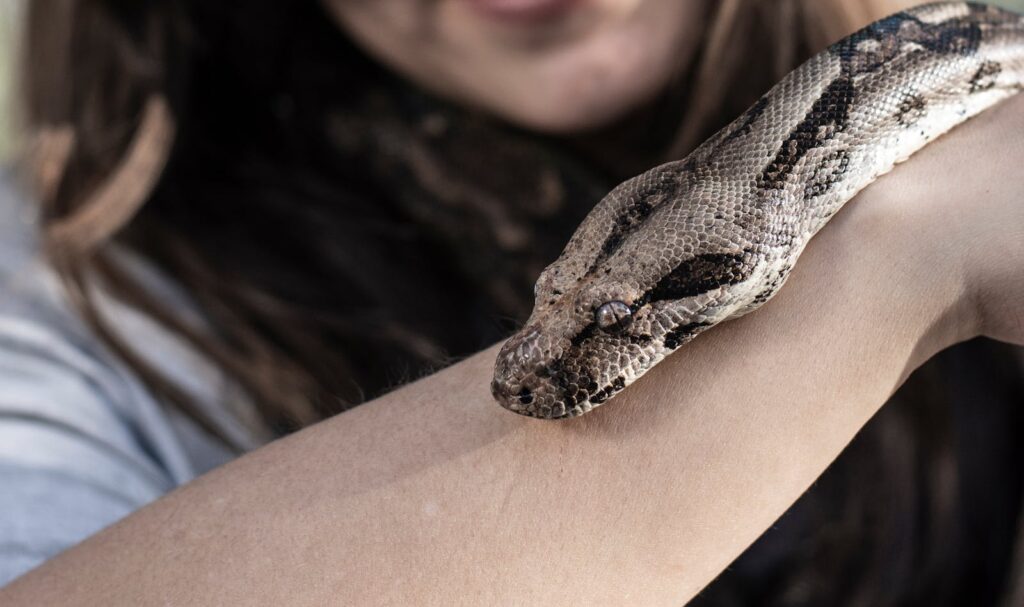
Just as humans have unique personalities, individual snakes within the same species can vary dramatically in their disposition toward handling. Some snakes appear naturally more curious and tolerant of interaction, while others remain skittish despite years of gentle handling attempts. These differences may stem from genetic factors, early handling experiences, or subtle neurological variations that science doesn’t yet fully understand. Long-term snake keepers often report that they can identify distinct “personalities” among their collection, with some individuals actively exploring when handled while others consistently try to retreat to hiding spots. Recognizing and respecting these individual differences is crucial for responsible snake ownership, as forcing interaction on a consistently stressed snake can lead to health problems.
Signs of Stress During Handling

Being able to recognize stress signals is essential for any snake owner who handles their pet. Common indicators of a stressed snake include rapid breathing, tense muscles, defensive posturing, attempting to flee, hissing, striking, or releasing musk (a foul-smelling defensive secretion). More subtle signs might include the snake rubbing its nose against surfaces trying to escape, excessive tongue flicking, or refusing to eat after handling sessions. A snake that consistently coils tightly around fingers or arms may not be “hugging” affectionately but rather feeling insecure and holding on for stability. Learning to interpret these behavioral cues allows handlers to adjust their approach or end sessions before the snake becomes overly stressed.
The Importance of Proper Handling Techniques
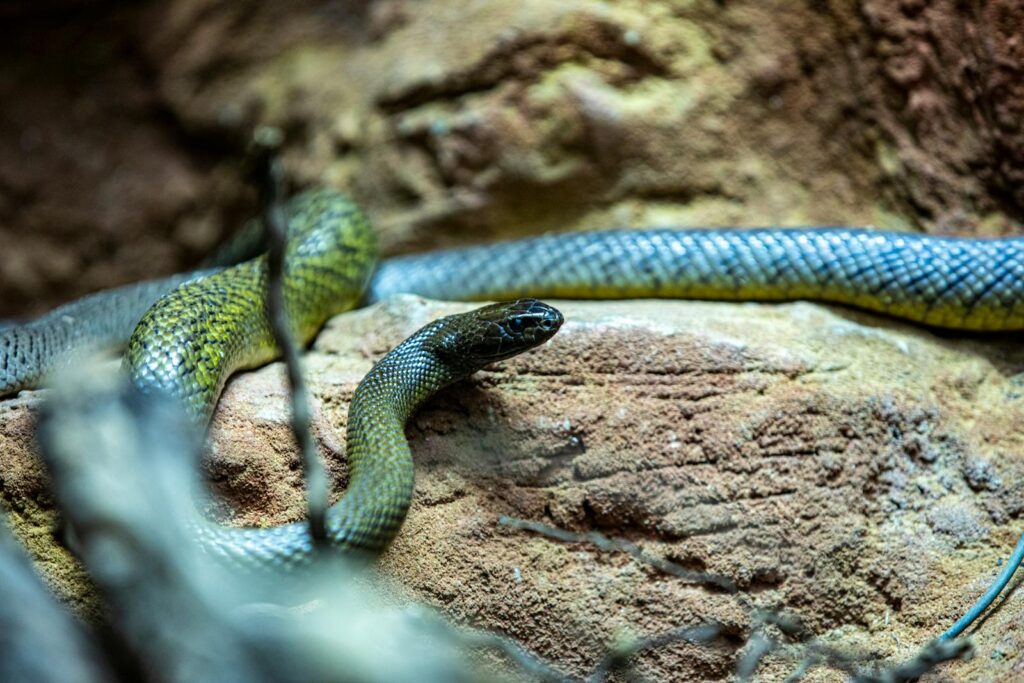
How a snake is handled significantly impacts its stress levels and overall experience. Proper handling involves supporting the snake’s body appropriately, moving slowly and predictably, and avoiding sudden movements or loud noises. Handlers should always wash their hands before touching their snake to remove food scents that might trigger feeding responses. Approaching from above should be avoided as this mimics predator attacks in the wild. Instead, gently scooping from the side or allowing the snake to crawl onto an outstretched hand creates a less threatening interaction. Even with the most tolerant snakes, handling sessions should be kept relatively brief—typically 15-20 minutes maximum—to prevent unnecessary stress on the animal.
Building Trust Through Consistent Handling
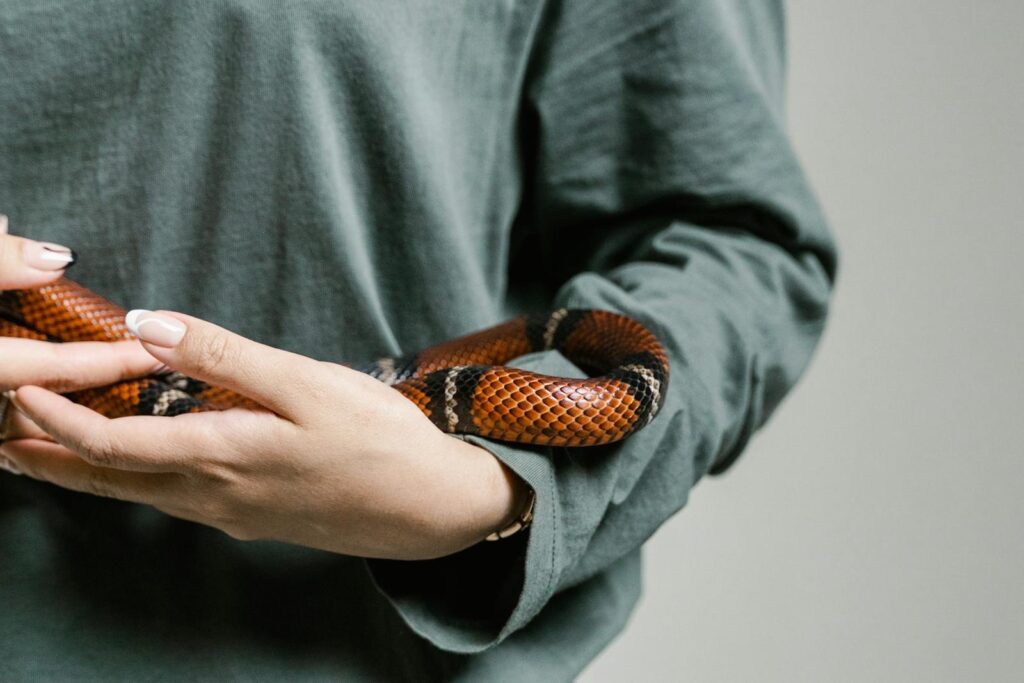
While snakes may never emotionally bond with humans in the way mammals do, they can develop a form of trust through predictable, positive interactions. Regular, gentle handling sessions help snakes become habituated to human contact, potentially reducing stress responses over time. Consistency is key—handling should occur at similar times, using similar approaches, and ideally by the same person during the acclimation period. Patience is equally important, as this process may take weeks, months, or even years depending on the individual snake. Some owners report that after establishing this routine, their snakes appear to recognize them and show fewer defensive behaviors compared to their reactions to strangers, suggesting a rudimentary form of familiarity and trust.
Thermal Benefits: The Warmth Factor

One aspect of handling that may provide positive reinforcement for snakes is the thermal benefit humans offer. As ectotherms (cold-blooded animals), snakes are naturally drawn to heat sources, and human bodies typically maintain temperatures around 98.6°F (37°C), which falls within the preferred body temperature range for many snake species. This thermal attraction might explain why some snakes seem content to drape across warm hands or wrap around arms, especially in cooler environments. Experienced keepers often observe that their snakes appear more “interested” in handling during cooler months or when the enclosure’s ambient temperature is at the lower end of the acceptable range. This thermal benefit represents perhaps the closest thing to “enjoyment” that snakes might experience during handling.
Age and Handling Sensitivity
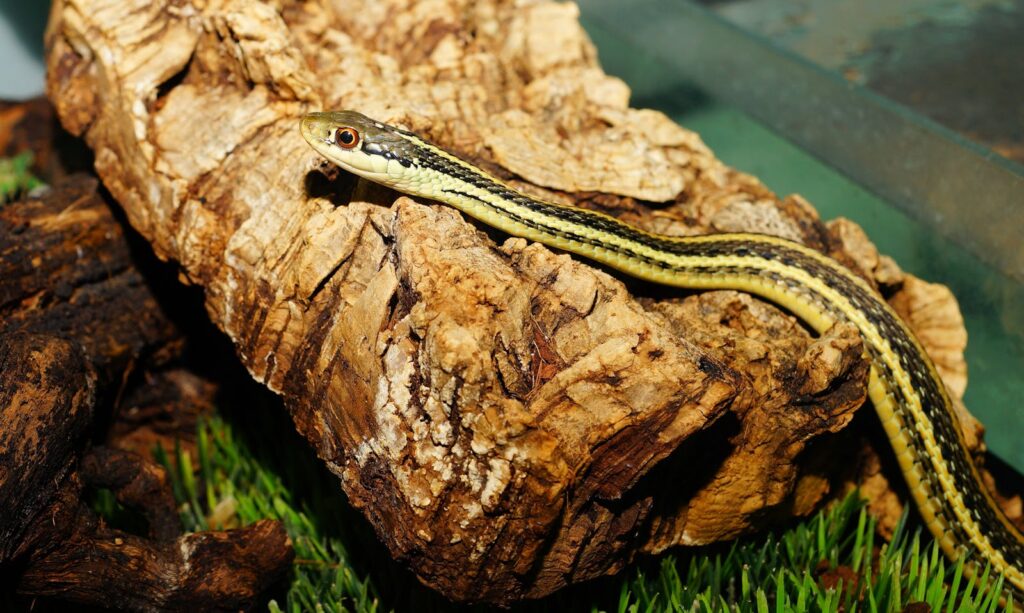
A snake’s age significantly influences its response to handling, with younger snakes typically being more defensive and stress-prone than their adult counterparts. Hatchling and juvenile snakes are hardwired to be hyper-vigilant against potential predators, as their small size makes them vulnerable in the wild. These younger specimens often exhibit more flight or fight responses, including striking, musking, or attempting to flee when handled. In contrast, adult snakes that have become accustomed to captivity generally demonstrate calmer responses to handling. For this reason, many experienced keepers recommend minimal handling of very young snakes, gradually increasing interaction as the animal matures and gains size. This age-appropriate approach respects the snake’s natural development and can lead to better handling tolerance later in life.
Health Benefits and Risks of Regular Handling
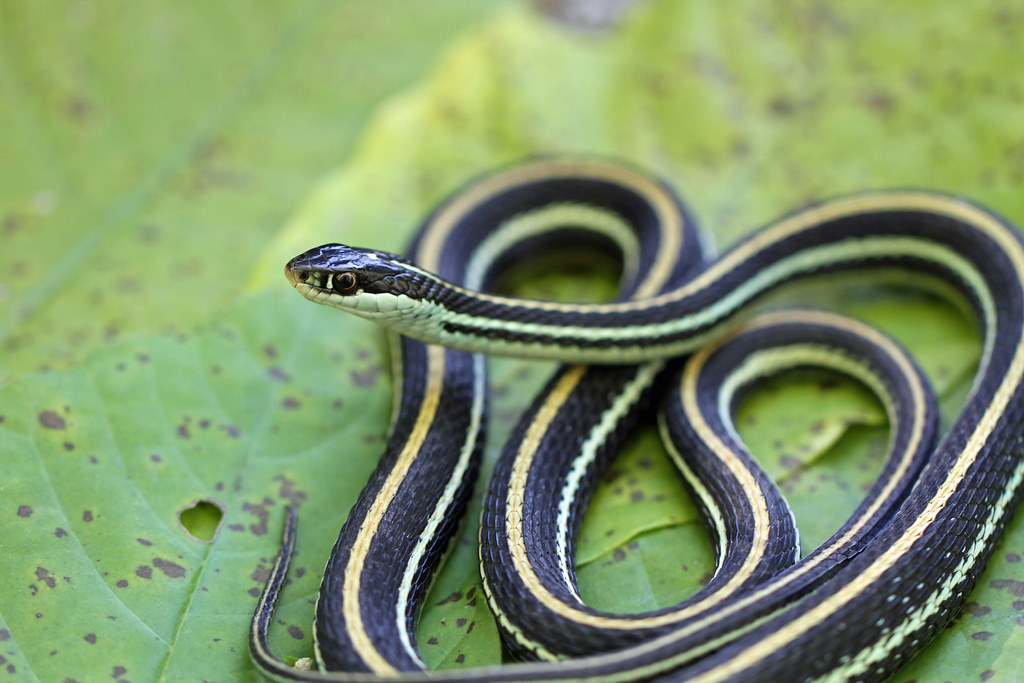
Handling offers certain health benefits for captive snakes when done appropriately. Regular, gentle handling provides environmental enrichment and physical exercise that might otherwise be limited in captivity. This activity can help maintain muscle tone and may contribute to better overall physical condition. Additionally, routine handling allows owners to perform visual health checks, potentially catching issues like mites, stuck shed, injuries, or weight changes before they become serious problems. However, excessive or improper handling poses significant health risks, including chronic stress that can suppress the immune system and lead to increased vulnerability to infections and diseases. Finding the right balance is crucial for maintaining a snake’s physical and psychological well-being in captivity.
When Not to Handle Your Snake
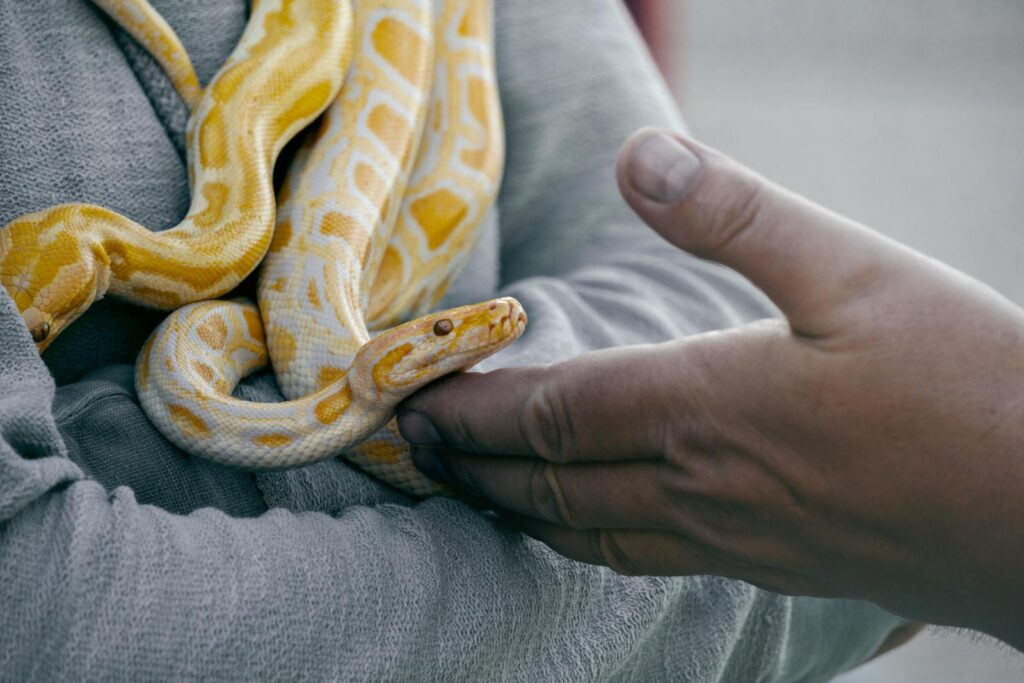
Certain situations call for a complete pause in handling, regardless of how tolerant a snake typically is. During shedding periods, snakes experience reduced vision and heightened sensitivity, making handling particularly stressful and potentially painful. Feeding days are another time to avoid handling, both before (to prevent stress that might cause feeding refusal) and after (to avoid regurgitation). Recently acquired snakes should be given several weeks to acclimate to their new environment before any handling is attempted. Breeding season can trigger hormonal changes that make even normally docile snakes more defensive or aggressive. Additionally, any snake showing signs of illness should not be handled unless necessary for veterinary treatment, as the stress could further compromise their immune system.
Cultural Perspectives and Ethical Considerations
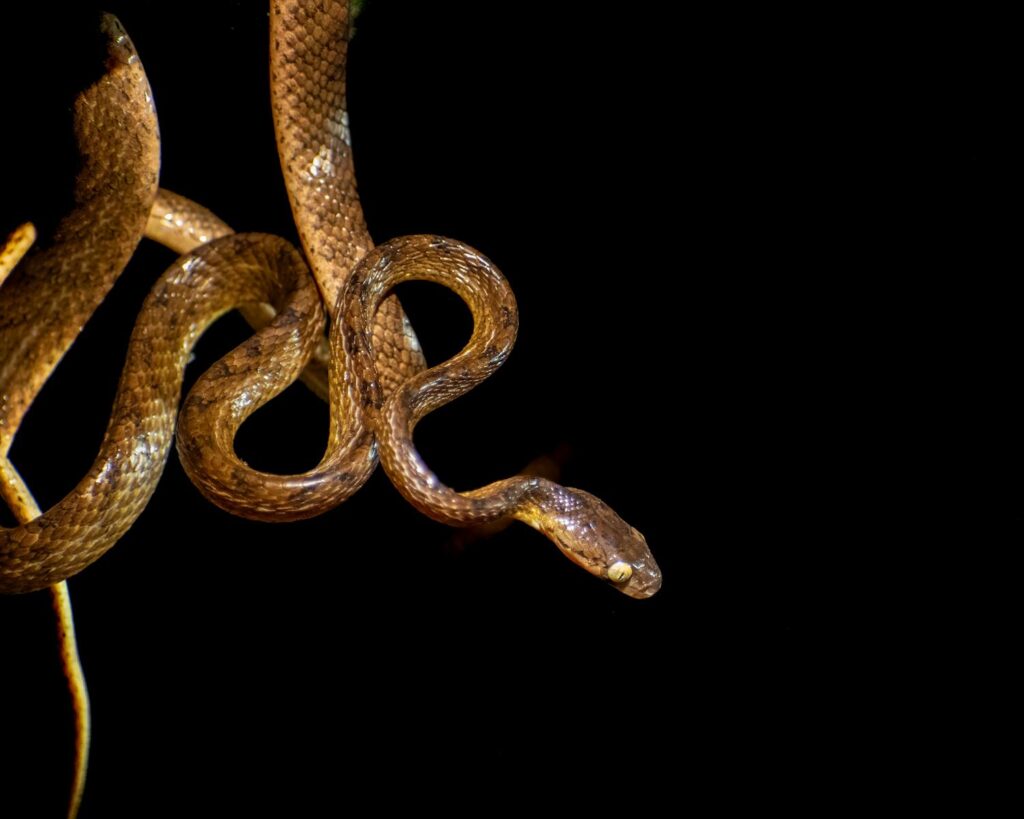
The practice of handling pet snakes varies considerably across cultures and raises important ethical questions about reptile keeping. In some cultures, snakes are primarily viewed as display animals meant to be observed rather than handled, while in Western pet-keeping traditions, interactive handling is often considered a central part of the snake ownership experience. From an ethical standpoint, owners must balance their desire for interaction against the snake’s natural preferences and stress levels. Some reptile welfare advocates argue that handling should be minimized to respect the snake’s biological nature, while others contend that appropriate handling can provide beneficial environmental enrichment. These perspectives remind us that responsible snake keeping requires putting the animal’s welfare above our human desire for interaction.
Finding the Right Balance for Your Snake
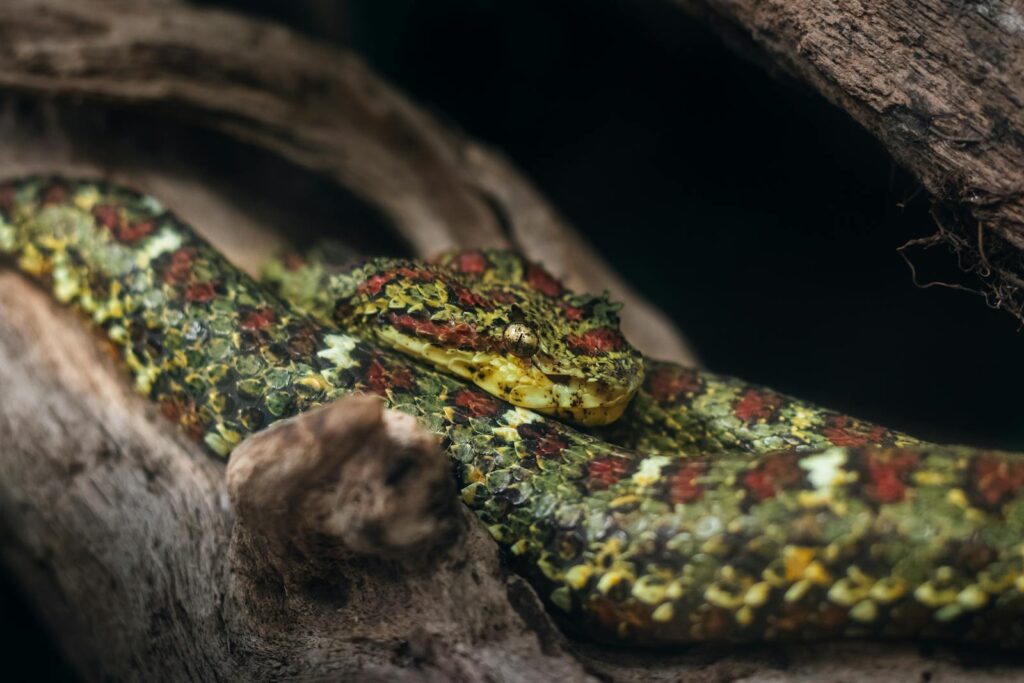
The ideal handling approach is ultimately determined by careful observation of your individual snake’s responses and needs. Some snakes may genuinely appear to tolerate or even seek out interaction, while others consistently display stress signals despite patient acclimation attempts. Responsible snake owners learn to read their pet’s body language and adjust handling frequency and duration accordingly. For particularly stress-prone individuals, owners might focus on providing excellent habitat enrichment and viewing opportunities rather than frequent handling. Conversely, snakes that remain calm during handling might benefit from regular, brief sessions that provide exercise and environmental variation. This personalized approach acknowledges that each snake is unique and deserves an individualized care plan that respects its natural tendencies.
In conclusion, while pet snakes don’t “like” being handled in the way mammals might enjoy physical affection, many can develop tolerance to the experience through proper acclimation and techniques. Understanding snake behavior and respecting their biological nature helps create a handling routine that minimizes stress while allowing for necessary interaction. The most successful snake-keeper relationships are built on the keeper’s willingness to adapt to the snake’s needs and preferences rather than imposing human expectations of affection. By approaching handling with knowledge, patience, and respect for the animal’s natural tendencies, snake owners can develop rewarding relationships with these fascinating reptiles while ensuring their well-being in captivity.

